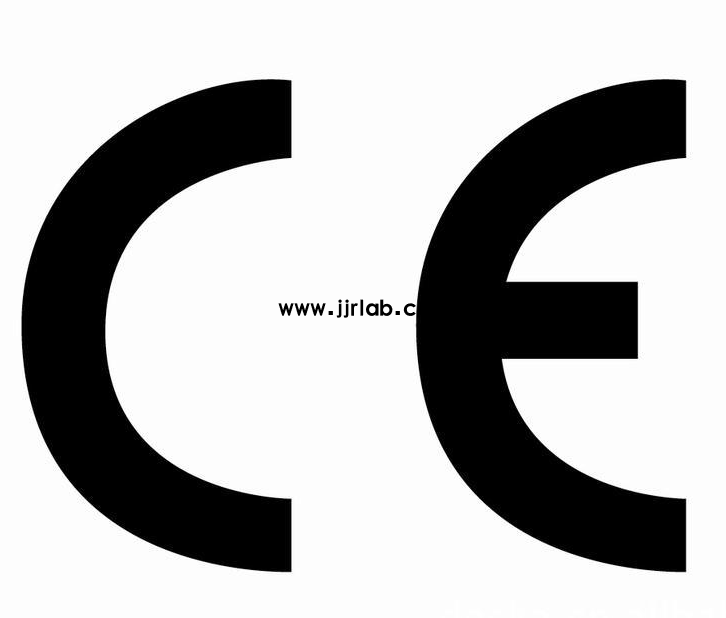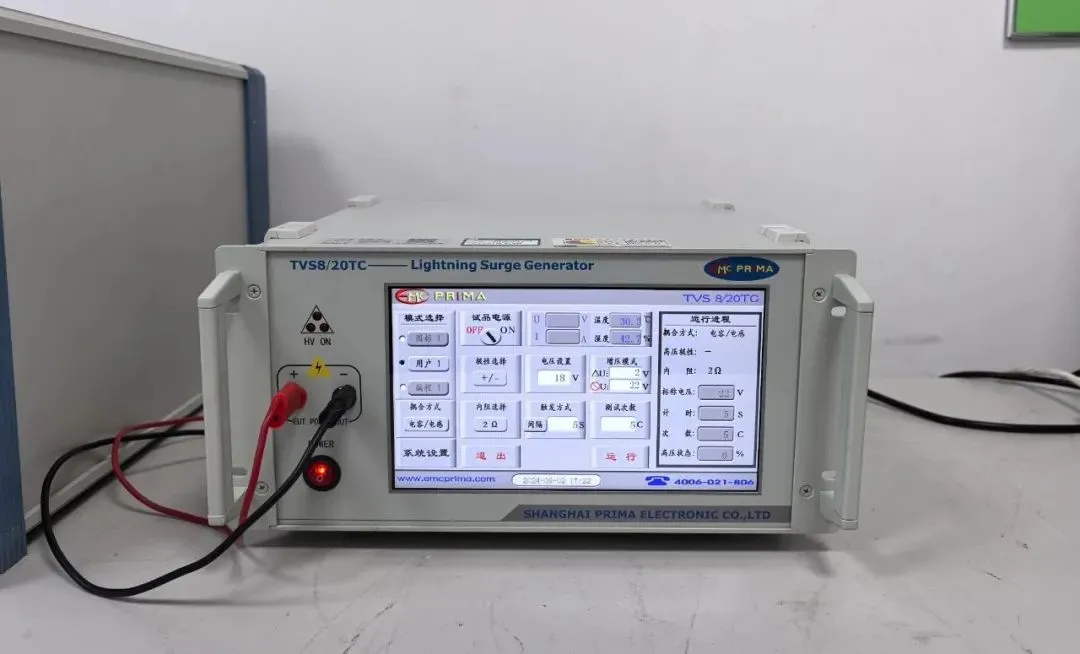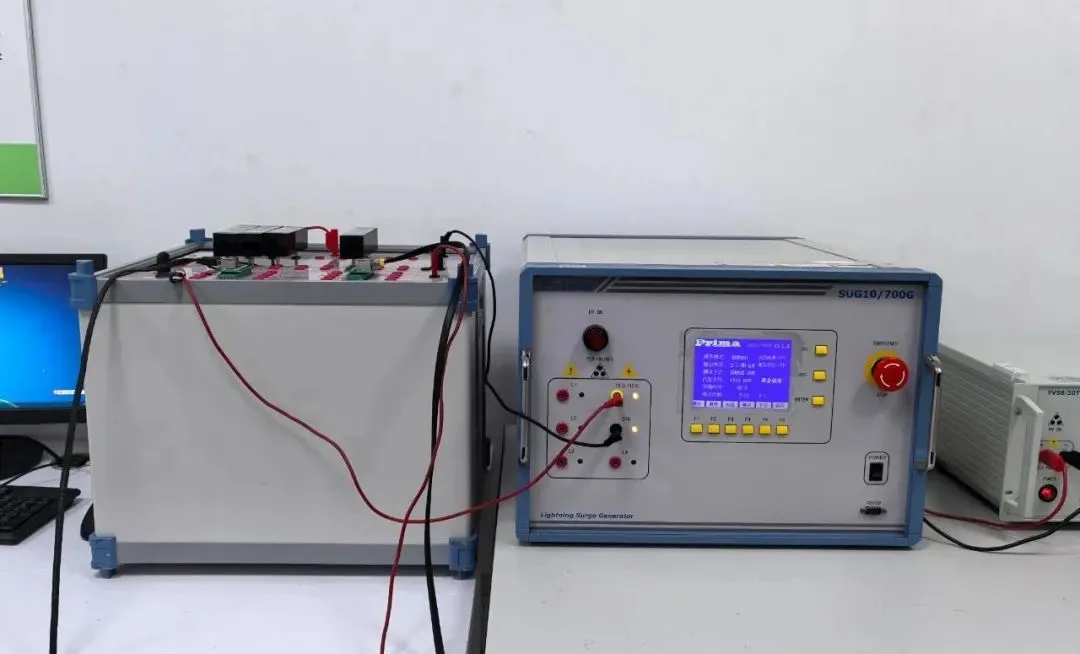
CE Certification for Electronics
Electronic products entering the European Union (EU) must obtain CE certificationand affix the CE mark on the product. CE certification serves as a passport for products to enter the EU and European Free Trade Association (EFTA) markets. It indicates that the product meets the safety requirements specified by EU directives and represents a commitment by the company to its consumers.

Types of CE Certification
1. Declaration of Conformity / Declaration of Compliance
A self-issued statement by the company confirming product conformity.
2. Certificate of Compliance
A formal certificate issued to certify product compliance.
3. EC Attestation of Conformity
Issued by an EU Notified Body (NB). According to EU regulations, only an NB is qualified to issue an EC Type CE Declaration.
ce certification process for Electronics
1. Fill out the application form, confirming product name, model, quantity, and submit relevant product information.
2. Receive a quotation and make payment; the application form and certification materials are reviewed.
3. If materials are approved, the product undergoes testing, and a draft certificate is prepared.
4. The applicant reviews the draft. If modifications are needed, feedback is provided, and a revised draft is issued.
5. The certificate is officially issued.
Required Materials for Electronics CE Certification
1. Certification Application Form(provided by us) – including applicant name, address, product name, and model.
2. Product Manual– including user instructions, emergency measures, and detailed technical specifications (voltage, current, power).
3. Product Exploded View– structural diagrams, schematic diagrams, circuit diagrams showing creepage distance, spacing, insulation layers, and thickness.
4. Bill of Materials(provided by us) – including component name, manufacturer, product model, and parameters.
5. Copies of Certification for the Complete Device and Components– valid certificates may exempt some testing.
6. Series Model Differences Explanation– describing differences between models to determine if they can be merged into a single series.
7. Two Fully Functional Samples– one with the most complex structure and highest power, and one with the lowest power.
8. Business License, Production License, and Organization Code Certificate– copies.
9. Any other required materials.
Note:All materials must be in English.
Common CE Certification Standards for Electronics
Typical electronic products follow the following directives for CE certification:
① EMC Directive (2014/30/EU)– Electromagnetic compatibility
② LVD Directive (2014/35/EU)– low voltage directive for safety
③ Machinery Directive (MD) (2006/42/EU)– For mechanical products
For ordinary DC-powered products, CE certification usually applies the EMC Directive (2014/30/EU).
Common EMC Standards:
EN 55011– EMI / electromagnetic interference testing
① Conducted emissions: EN 55011
② Radiated emissions: EN 55011
EMS / Electromagnetic susceptibility testing:
① Conducted immunity: en 61000-4-6
② Radiated immunity: EN 61000-4-3
③ Electrostatic discharge immunity: EN 61000-4-2
④ Fast transient/burst immunity: EN 61000-4-4
⑤ Power frequency magnetic field immunity: EN 61000-4-8
⑥ Surge immunity: EN 61000-4-5
⑦ Voltage dips and interruptions: EN 61000-4-11
Other Product-Specific Standards:
① EN 55013:Broadcast receivers and associated equipment
② EN 55014:Household appliances and portable tools
③ EN 55015:Lighting products
For devices with supply voltage AC 50–1000Vor DC 75–1500V, the LVD Directivemust also be applied. Common LVD standards include:
① Household appliances: EN 60335
② Lighting products: EN 60598
③ Audio-visual equipment: EN 60065
④ Information technology equipment: EN 60950
⑤ Electrical machinery: EN 60204
⑥ Measuring instruments: EN 61010
For products classified under machinery, CE certification follows the MD Directivefor mechanical safety. Relevant standards include:
① EN ISO 12100:2010
② EN 60204-1:2006+A1:2009+AC:2010
Factors Affecting Electronics ce certification costs
CE certification costs depend on the chosen certification bodyand product directives. Testing requirements vary by product:
① Common electronics and electrical products: EMC and LVD testing
② Machinery products: Higher costs due to factory audits and assessments
Some products only require lvd certification, but if the client requests emc testing as well, costs increase. CE certification requires all applicable directives to be tested before the CE mark can be affixed. Therefore, the choice of directives should consider both customer requirements and product characteristics.
CE Certification Timeframe for Electronics
The typical certification process takes about 1 weekfrom when samples arrive at the testing laboratory. This does not include any time needed for corrective actions. Expedited processing is available for urgent cases.
Email:hello@jjrlab.com
Write your message here and send it to us
 EMC Pre-Compliance Testing UK
EMC Pre-Compliance Testing UK
 EMC Compliance Testing Australia
EMC Compliance Testing Australia
 Electrical Compliance Testing NZ
Electrical Compliance Testing NZ
 Compliance Testing for Children's Clothing
Compliance Testing for Children's Clothing
 Amazon Product Compliance Testing
Amazon Product Compliance Testing
 What is RCM Compliance Testing?
What is RCM Compliance Testing?
 Electric Toy EN 62115 & EN 71 Testing
Electric Toy EN 62115 & EN 71 Testing
 What are ASTM F963 and CPSIA?
What are ASTM F963 and CPSIA?
Leave us a message
24-hour online customer service at any time to respond, so that you worry!




